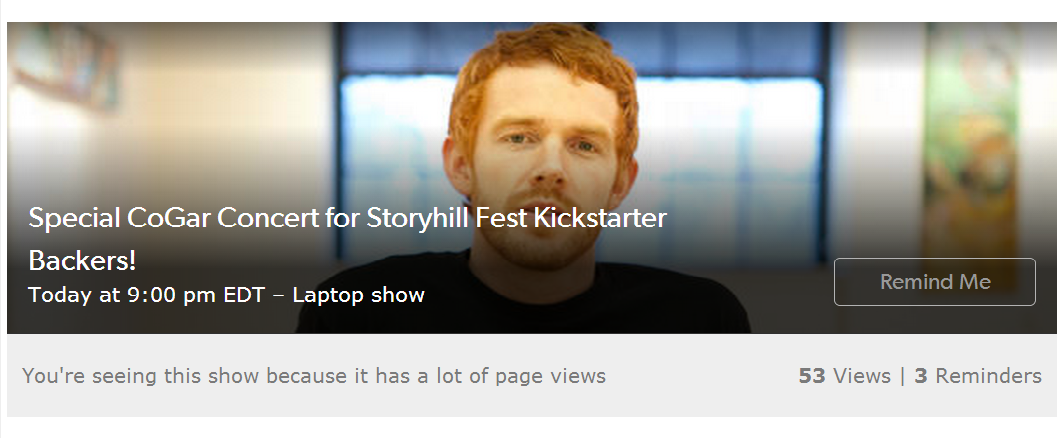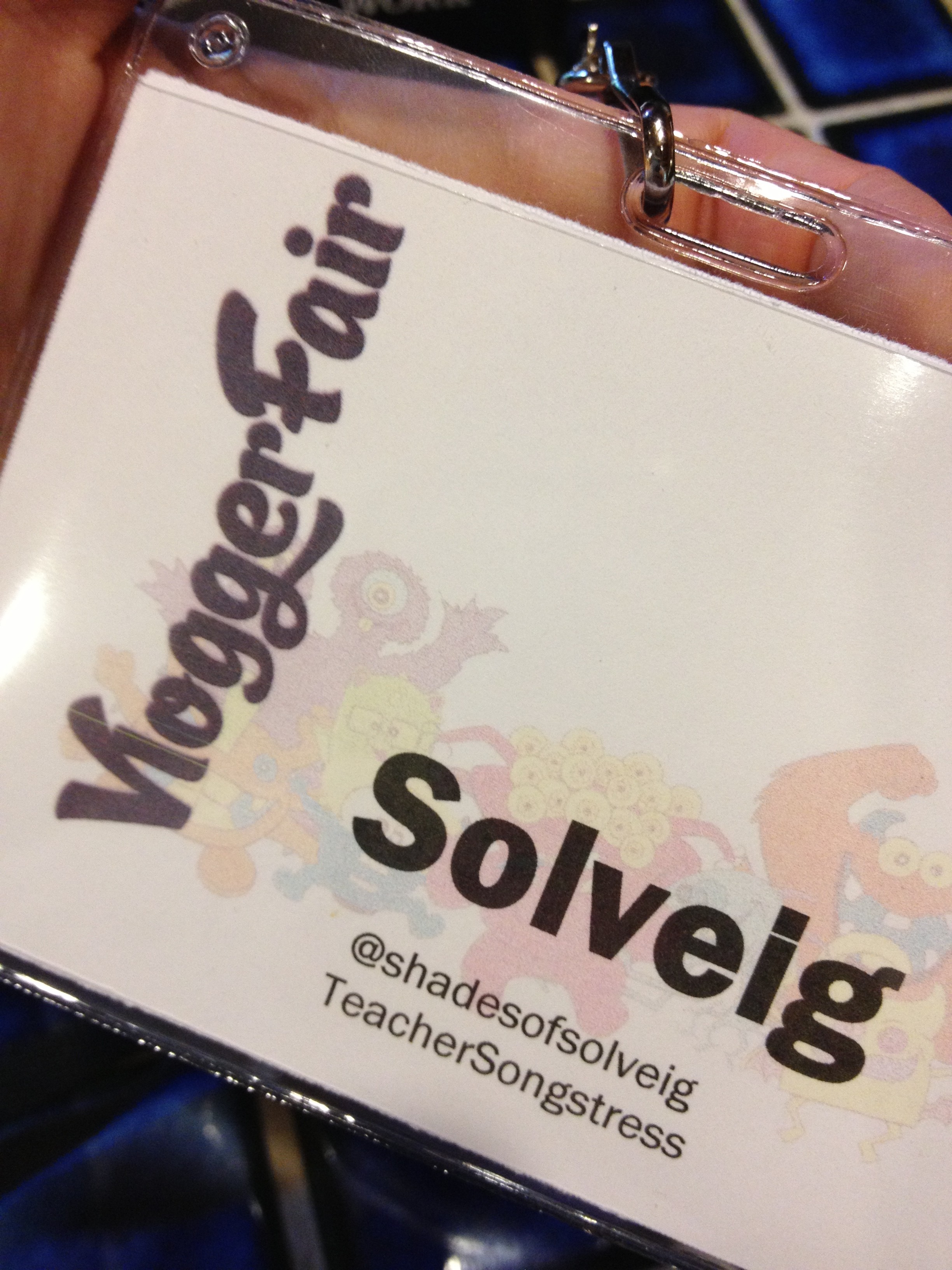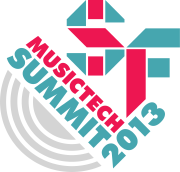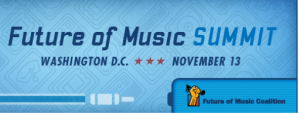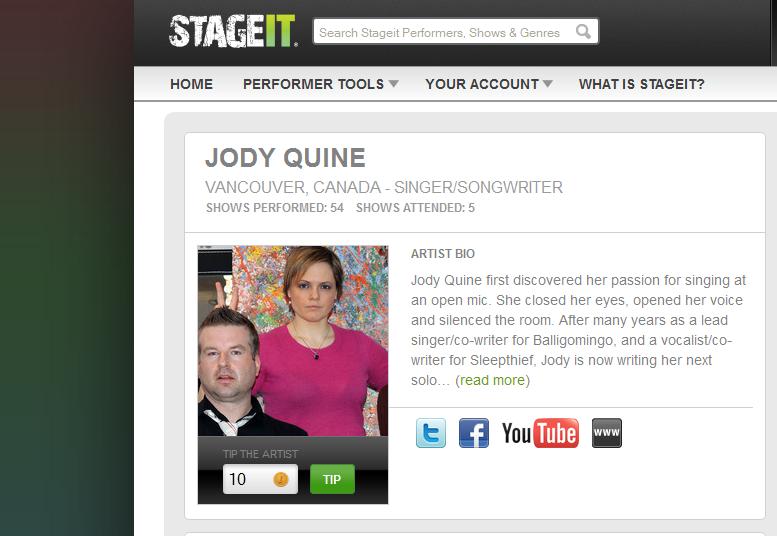I’ve written about the platforms StageIt and YouNow, where indie artists can stream a live music performance and even make money doing so. Concert Window was launched in 2011 by Harvard grads and musicians Dan Gurney and Forrest O’Connor to provide the same service. Still running a bit under the radar because they’ve only been live for about 9 months, Concert Window is gaining praise and growing quickly through word of mouth buzz in the indie musician community.
Last week, I attended a streaming performance on Concert Window by Austin singer-songwriter Alex Winters. The event security was a little strict but that’s okay, it went so well that I thought it would be interesting to interview Alex about her experience and try setting up my own artist profile.
Alex and I met through GoGirlsMusic, and while she was here in Seattle recently, she mentioned she was about to do her first Concert Window performance. I signed up on the website ahead of time as a viewer so I could tune in. One of the things I noticed right away was that I could watch Alex’s performance on my iPhone while away from my desktop. I think this is a smart feature, and no doubt increases audience views significantly. Mobile is where it is at.
After a few minor glitches on both her end (Alex’s PRO TIP: “When you’re ready to broadcast, hit the BROADCAST button!”) and on my end (my AT&T phone signal was weak at first), I was able to enjoy her concert on my earbuds with no problem. Note that all the viewer features of the desktop version are not there on mobile, such as chat and tipping.
This post has three parts. First, an interview with Alex about her experience with Concert Window . Second, my walkthrough of setting up an artist profile and a performance on Concert Window. Last, I give my assessment of some of the features that make the Concert Window platform stand out.

